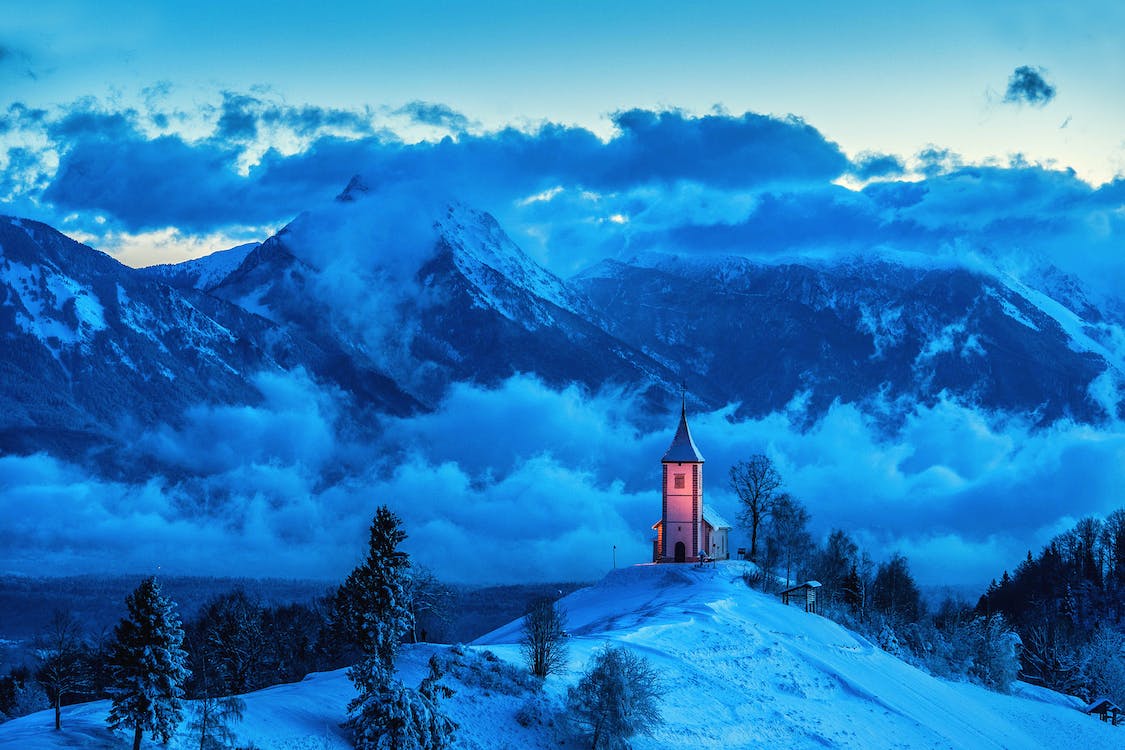As its name says, the vast natural area is in southern Alaska, in the U.S., on the Gulf of Alaska, where a place represents 3.3 million miles of glaciers, among other natural phenomena. “White Thunder” as the indigenous Tlingit people call this rugged, snow-capped mountains reaching 15,000 feet high slope down to glaciers that calve off into the chilly water with such a loud crack. Indeed, one of the few places on Earth that is home to the massive variety of flora and fauna.
The wide range of ecosystems in the Glacier Bay supports an incredible diversity of wildlife. The place has it all sorts of furry, feathery, and blubbery: from marmots, minks and wolverines, to bigger lynx, mountain goats, and coyotes. And of course, with moose and grizzly bears which always complete Alaskan park. Golden and bald eagles soar grandly above, puffins’ splashdown in the water below, and gulls galore squawk out their tunes.
The park is comprised of nearly one-fifth water, making it best known for its abundant marine life. Some species of marine animals living in the bay are humpback whales, minke, and killer whales. The porpoises in playful arcs breach the surface, seals and their pups from floating icebergs watch the world go by, thousands of sea lions bark from rocky islands, and sea otters frolic about.
Besides, an intense range of plant life adds beauty to the park—particular vegetation long covered by ice, and an unusual variety of wildlife. Mosses and lichens grow on glacial moraines. The lush coastal rainforest includes massive Sitka spruce and western hemlock, and alpine tundra occurs above 2,500 feet (760 meters).
In 1925, President Calvin Coolidge proclaimed the place as a national monument. In 1980, it was established as a national park and preserve by Jimmy Carter. In 1986, the park’s boundaries were enlarged again and became a biosphere reserve. And in 1992, along with two neighboring parks, the area hailed as World Heritage site, making it the largest contiguous roadless area left on Earth.
The park and preserve are covering about 5,129 square miles (13,287 square km) area, including the Glacier Bay itself, Mount Fairweather’s northern, southern, and western slopes of (15,300 feet [4,663 meters]), and the U.S. portion of the Alsek River. To the north, adjoining the park is the Tatshenshini-Alsek Wilderness Provincial Park in British Columbia, Canada.
Topped by Mt. Fairweather with 15, 325 ft, Glacier Bay mountain ranges are some of the highest coastal summits in the world. And due to unpredictable weather, they are among the least visited in North America. Also, only a charter boat or a ski plane can access climbing in the park.
But the good thing is summiting Fairweather is considered moderate because it only has 20-30-degree snow slopes, 40-degree ice climbing, and a spectacular ridge ascent. In a fair weather condition, elevation gain is 10,500 feet, should take 3-5 days. And since the summit is just right on U.S. and Canada’s border, climbers can simply say they just ticked off the highest point in British Columbia.
What activities can you do at Glacier Bay National Park and Preserve.
On your visit to Alaska, do not miss seeing the bay from the deck of a boat. Every morning, the ship departs Glacier Bay Lodge in Bartlett Cove, usually with 50-150 passengers. It will only take about seven hours to travel 130 miles through the waterway, an ice river 250 years ago.
You can explore the Forest Trail, Beach Trail, Campground, Tlingit Trail, and Bartlett Lake Trail. All of these trails were relatively easy and well-cut.
Make sure to catch a ranger or Huna member talk at the Tribal House. The Huna member will explain all of the carvings and form line art! There is an NPS visitor information station near the dock and an NPS visitor center in the lodge. There are restrooms by the pier, at the campground, and in the lodge. Make sure to see ‘Snow’ the whale skeleton – and have someone explain the Healing Totem Pole. It gives a great history of the area.
One of the most enjoyed and most famous activities is sea kayaking. It is the best way to experience the wilderness as you will have 800 miles of wild, pristine shorelines to paddle, explore, and camp on.
Since Glacier Bay National Park is mostly water, Glacier Bay Boat is one of the must-try adventures, whether through a cruise ship with thousands of other passengers or a single kayak. There will be a day tour boat that departs the dock at Bartlett Cove each morning for a whole day tour to the tidewater glaciers during the summer. And there will be a National Park Service naturalist that will point out the wildlife and signs of Glacier Bay’s recent de-glaciation and plant succession. Kayakers and campers may opt to get dropped off by the tour boat at designated camper dropoff locations.
Passengers on the day boat tour typically stay at least the night before in Gustavus or at Glacier Bay Lodge, but it is possible (weather permitting) to fly from Juneau the morning of the tour.

